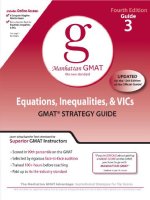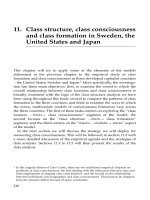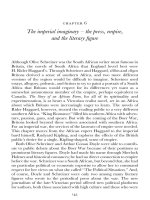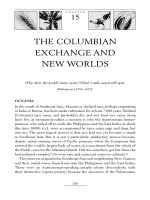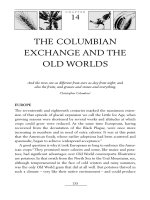The full stop and comma
Bạn đang xem bản rút gọn của tài liệu. Xem và tải ngay bản đầy đủ của tài liệu tại đây (15.32 KB, 2 trang )
The Full Stop and Comma
Punctuation is the right use of stops in a sentence.
The following are the principal punctuation marks in English.
Full stop (.)
Comma (,)
Semicolon (;)
Colon (:)
Interrogation mark (?)
Exclamation mark (!)
Inverted commas or Quotation marks (”)
The full stop
The full stop represents the longest pause. It is used:
a) at the end of an assertive or imperative sentence.
She is a good girl.
It is snowing.
Put it down.
Come here.
b) after abbreviations and initials
M.A.
Ph.D
M.P.
Ltd.
Dr.
Mr.
Note that full stops are not normally used after abbreviations in modern British English. However, full stops are
common in American English.
Comma
The comma represents the shortest pause in a sentence. It is used:
a) to separate three or more words of the same parts of speech.
I want to buy a pencil, a sharpener, an eraser and a notebook.
He is efficient, hardworking and honest.
b) to mark off phrases in apposition.
Alice, my brother’s daughter, is a doctor.
c) to separate words or phrases inserted into the body of a sentence.
They, too, have expressed their interest in the offer.
The police did not, however, succeed in arresting the culprit.
d) to separate a subordinate clause that comes before the main clause.
Compare:
If it rains, we will cancel the trip.
We will cancel the trip if it rains.
When the bell rings, we will go to the class.
We will go to the class when the bell rings.
Stay on top of your writing! Download our grammar guide from www.englishgrammar.org to stay up-to-date.
Powered by TCPDF (www.tcpdf.org)
